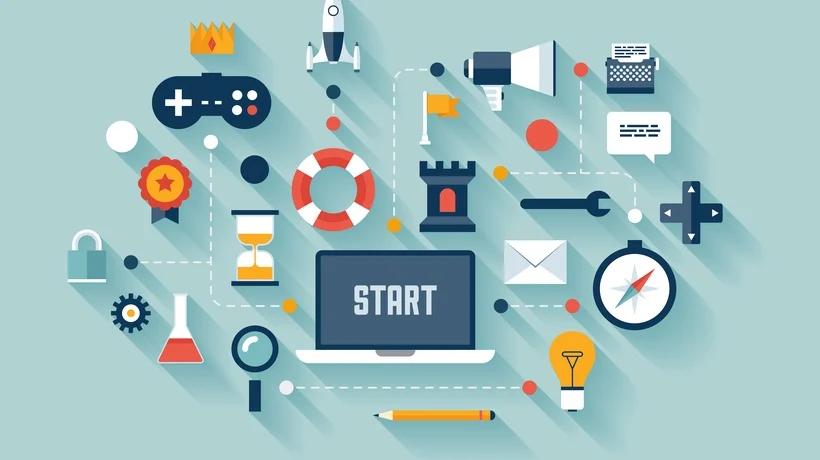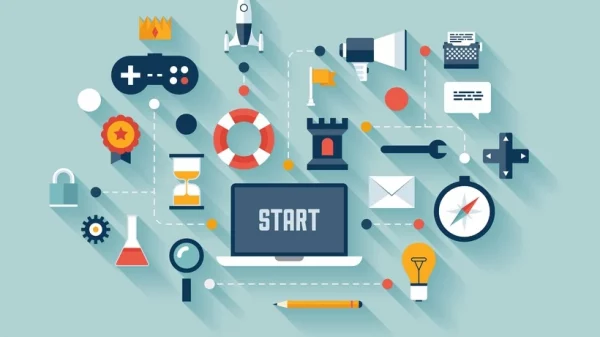Gamification, the use of game design elements and mechanics in non-gaming contexts, has gained traction as a powerful strategy for businesses to drive engagement, motivation, and growth. By incorporating elements such as points, badges, leaderboards, and challenges into various aspects of a business, gamification can enhance customer loyalty, employee productivity, and overall business performance. In this article, we will explore six gamification strategies that businesses can employ for growth.
Read more about Business
Loyalty Programs
Rewarding customer loyalty through gamified loyalty programs is a proven strategy for retaining existing customers and encouraging repeat purchases. By offering points, badges, or discounts based on customer interactions, purchases, or referrals, businesses can incentivize customers to continue engaging with their products or services. For instance, a coffee shop can offer a virtual “punch card” that rewards customers with a free coffee after a certain number of purchases, or an e-commerce website can offer a “VIP” status with exclusive benefits for customers who achieve a certain level of spending. Such gamified loyalty programs can not only increase customer retention but also encourage customers to spend more to unlock rewards, leading to increased revenue.
Employee Engagement
Gamification can also be applied to boost employee engagement and productivity. By incorporating game elements into tasks, training, and performance tracking, businesses can motivate employees to achieve their goals and enhance their job satisfaction. For example, a sales team can have a leaderboard that displays the top performers based on sales targets, or a project management team can use a project progress bar that fills up as tasks are completed, providing a visual sense of accomplishment. These gamified elements can create healthy competition among employees, promote collaboration, and drive higher productivity levels.
Training and Development
Gamification can be an effective strategy for employee training and development. By using game elements such as simulations, quizzes, and challenges, businesses can make training programs more engaging, interactive, and effective. For instance, a software company can develop a gamified training program that allows employees to earn points and badges as they complete different modules, or a retail company can use a virtual store simulation to train employees on customer service skills. Gamified training programs can increase employee knowledge retention, improve performance, and drive overall business success.
Sign up for the Connect Nigeria daily newsletter
User Onboarding
User onboarding, the process of guiding new customers through the initial experience of using a product or service, can be enhanced through gamification. By incorporating interactive tutorials, progress bars, or challenges, businesses can make the onboarding process more enjoyable and engaging. For example, a mobile app can use a step-by-step tutorial with gamified elements to guide users through the app’s features, or a software platform can use a progress bar to track the completion of onboarding tasks. Gamified user onboarding can lead to higher user retention rates, increased product adoption, and improved customer satisfaction.
Social Media Campaigns
Gamification can also be applied to social media campaigns to increase user engagement and brand awareness. By leveraging gamified elements such as contests, challenges, or polls, businesses can encourage users to share, like, and comment on social media posts, thereby increasing the reach and visibility of their content. For instance, a food delivery service can run a “Foodie Challenge” on social media, where users can participate in food-related challenges and share their experiences using a branded hashtag. Gamified social media campaigns can create buzz, generate user-generated content, and build a loyal community around a brand.
Gathering customer feedback and conducting surveys is a crucial part of improving products, services, and customer experiences. Gamification can be used to make feedback and surveys more engaging and enjoyable for customers. For example, a customer feedback survey can incorporate gamified elements such as progress bars, visual rewards, or interactive questions. Customers can earn points or badges for completing surveys or providing valuable feedback, which can incentivize them to participate and provide more detailed responses. Gamified feedback and surveys can increase response rates, provide valuable insights, and help businesses make data-driven decisions to improve their offerings.
Register to attend the CN Business Mixer
Closing Thoughts
In implementing these gamification strategies for business growth, it is important to keep some key considerations in mind. Firstly, understanding the target audience and their preferences is crucial to designing effective gamified experiences. Different demographics may respond differently to gamification elements, so it’s important to tailor the strategy to the specific needs and interests of the target audience. Secondly, setting clear goals and objectives for gamified experiences is essential. Whether it’s increasing customer loyalty, improving employee productivity, or boosting social media engagement, having clear objectives will help guide the design and implementation of gamification elements.
Additionally, ensuring that the gamification elements are seamlessly integrated into the overall customer or employee experience is crucial. Gamified elements should not feel forced or disconnected, but rather seamlessly blended into the existing processes or interactions. Lastly, monitoring and measuring the effectiveness of gamification strategies through data analysis and feedback loops is important to continuously refine and optimize the gamified experiences for maximum impact.
Featured Image Source: eLearning Industry
Got a suggestion? Contact us: [email protected]


